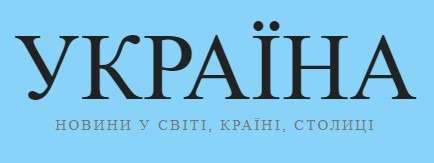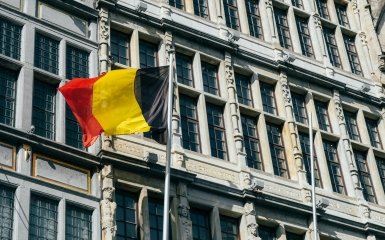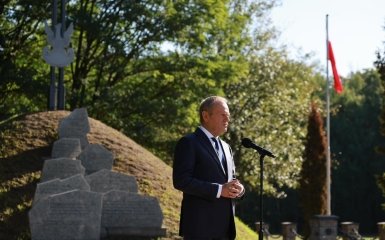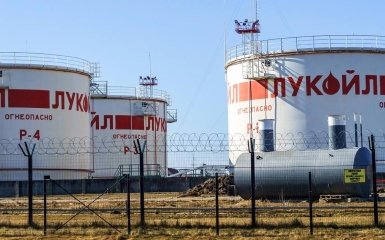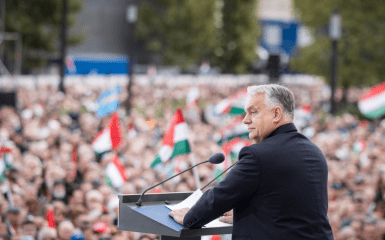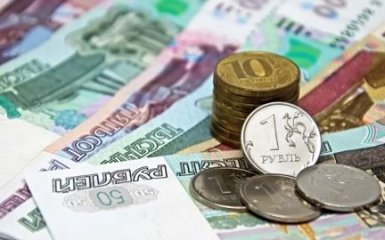
Read in English
The Russian economy effectively ground to a halt in the second quarter of 2025, entering a phase of “technical stagnation.”
Key Points:
- Russia’s economy is facing technical stagnation in Q2 2025 due to a combination of geopolitical pressures, ruble volatility, and declining commodity market prices.
- The primary growth constraint remains the Central Bank’s elevated key rate, currently at 14%.
Russian Economy Effectively Stagnates in Q2 2025
This assessment was shared by Herman Gref, head of Sberbank, Russia’s largest financial institution.
The second quarter can essentially be viewed as a technical stagnation. July and August display clear indicators that we are approaching zero growth thresholds, stated Gref during the Eastern Economic Forum in Vladivostok.
He noted that this resulted from overlapping geopolitical challenges, exchange rate instability, and reduced raw material prices. Consequently, business activity has decelerated.
Gref emphasized that the Central Bank’s key rate remains the dominant growth inhibitor. At its current level of 14%, it is insufficient to drive credit expansion.
According to his analysis, economic revival is feasible only if rates fall below 12%. Otherwise, recession risks—marked by economic contraction—will intensify.
Gref stressed that the real interest rate, not just the nominal figure, holds critical importance. Russia’s real rate now ranks among the world’s highest.
The head of Sberbank also indicated that the credit portfolio may begin expanding no earlier than the second half of 2025. Achieving this would require easing monetary policy by at least 200 basis points.
Per Gref’s remarks, Russia’s economy remains under pressure from multiple forces, including sanctions, global market unpredictability, and rising operational costs for businesses.
He warned that without timely policy adjustments, the economy risks prolonged stagnation.
The International Monetary Fund anticipates that after two years of military-driven growth, Russia will revert to its familiar stagnation patterns, further widening the gap with both emerging and developed nations.
According to the IMF’s July 2025 forecast, Russian GDP growth is expected to slow to 0.9% this year and 1.0% in 2026. In 2024, growth stood at 4.1%.
Economic stagnation refers to a prolonged period of negligible or minimal growth, where production, employment, and income levels remain static, halting overall development.
Recession denotes a sharper and more visible decline in economic activity, typically measured by a contraction in GDP.
